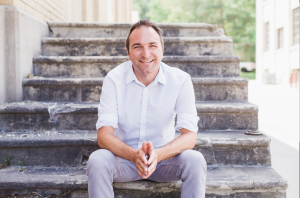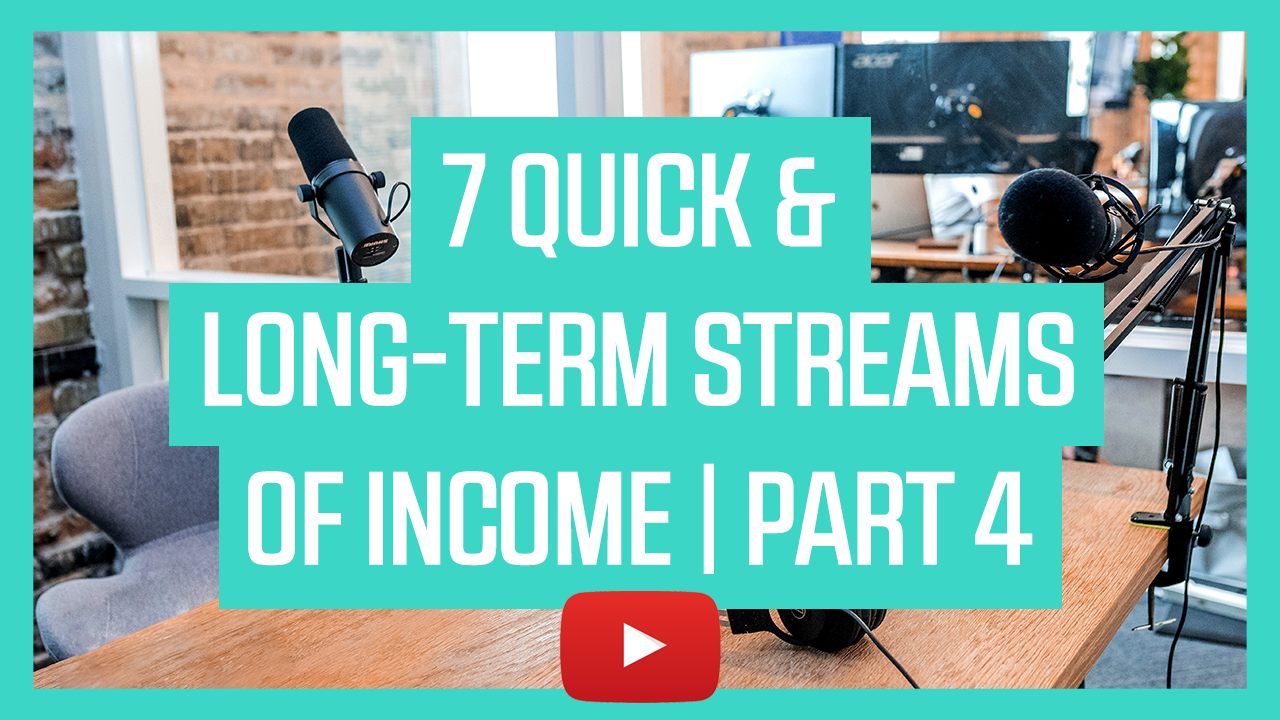I have created some helpful tips to create passive income for your practice. In this article, I will be going over steps 6 and 7 of my 7 Quick & Long-Term Streams of Income.
E-Course
Implementing an E-course
Determining your content
Creating the Content
Promoting
Podcast
Implementing a Podcast
Determine your Message
Preparing your Podcast
Focus on solo shows. Do at least five solo shows where you’re talking about kind of the main pillars of your podcast. Then moving to some interviews and then some live consulting. So this really sets you up as the expert. We really want to have you create your first episodes, at least 15 episodes, before launch, so on launch day you can launch five. Then you can be releasing those next 10 episodes weekly and not be worrying about making content. you can buy music from Jamendo.com. We don’t have an affiliate link with them. You want to pay the 49 for a license that you can use in videos and podcasts so you don’t get sued. The mic that we recommend is here. That is an affiliate link with amazon, but that microphone, the AT2020 USB, is the one that I personally use for the podcast. It’s the one that our podcasters use.
Launching your podcast
The Stats
The Financial Side
Sponsors and Affiliates
So any of these other previous things you could sell through a podcast. But then for sponsorships, there’s a thing where they have a cost per thousand. So typically they’ll pay thirty dollars per thousand downloads. In the first sixty days. So say you get five thousand downloads in the first sixty days that’s a hundred and fifty dollars. Now I don’t subscribe to that, because if you have an audience that is super niched, and that is the exact audience that a sponsor wants, they will pay a thousand to two thousand dollars per episode to get in front of that audience. So for us this year we’re going to do six figures in sponsorship. For a typical new sponsor or a typical podcast, you’re probably looking at you know two to three thousand dollars in the first year when you’ve launched. Affiliate wise it would be very similar numbers to what we had said before. Affiliate wise you’re going to make maybe a few hundred dollars a month from the podcast. But really it’s promoting your own product and getting your own people and understanding that pain more. So the big concept here is find your audience first and the income will follow.
Taking Action
Time Blocking
Launch
Slow Down
Joseph R. Sanok, MA, LLP, LPC, NCC
 Joe Sanok is an ambitious results expert. He is a private practice business consultant and counselor that helps small businesses and counselors in private practice to increase revenue and have more fun! He helps owners with website design, vision, growth, and using their time to create income through being a private practice consultant. Joe was frustrated with his lack of business and marketing skills when he left graduate school. He loved helping people through counseling but felt that often people couldn’t find him. Over the past few years, he has grown his skills, income, and ability to lead others, while still maintaining an active private practice in Traverse City, MI. To link to Joe’s Google+
Joe Sanok is an ambitious results expert. He is a private practice business consultant and counselor that helps small businesses and counselors in private practice to increase revenue and have more fun! He helps owners with website design, vision, growth, and using their time to create income through being a private practice consultant. Joe was frustrated with his lack of business and marketing skills when he left graduate school. He loved helping people through counseling but felt that often people couldn’t find him. Over the past few years, he has grown his skills, income, and ability to lead others, while still maintaining an active private practice in Traverse City, MI. To link to Joe’s Google+

